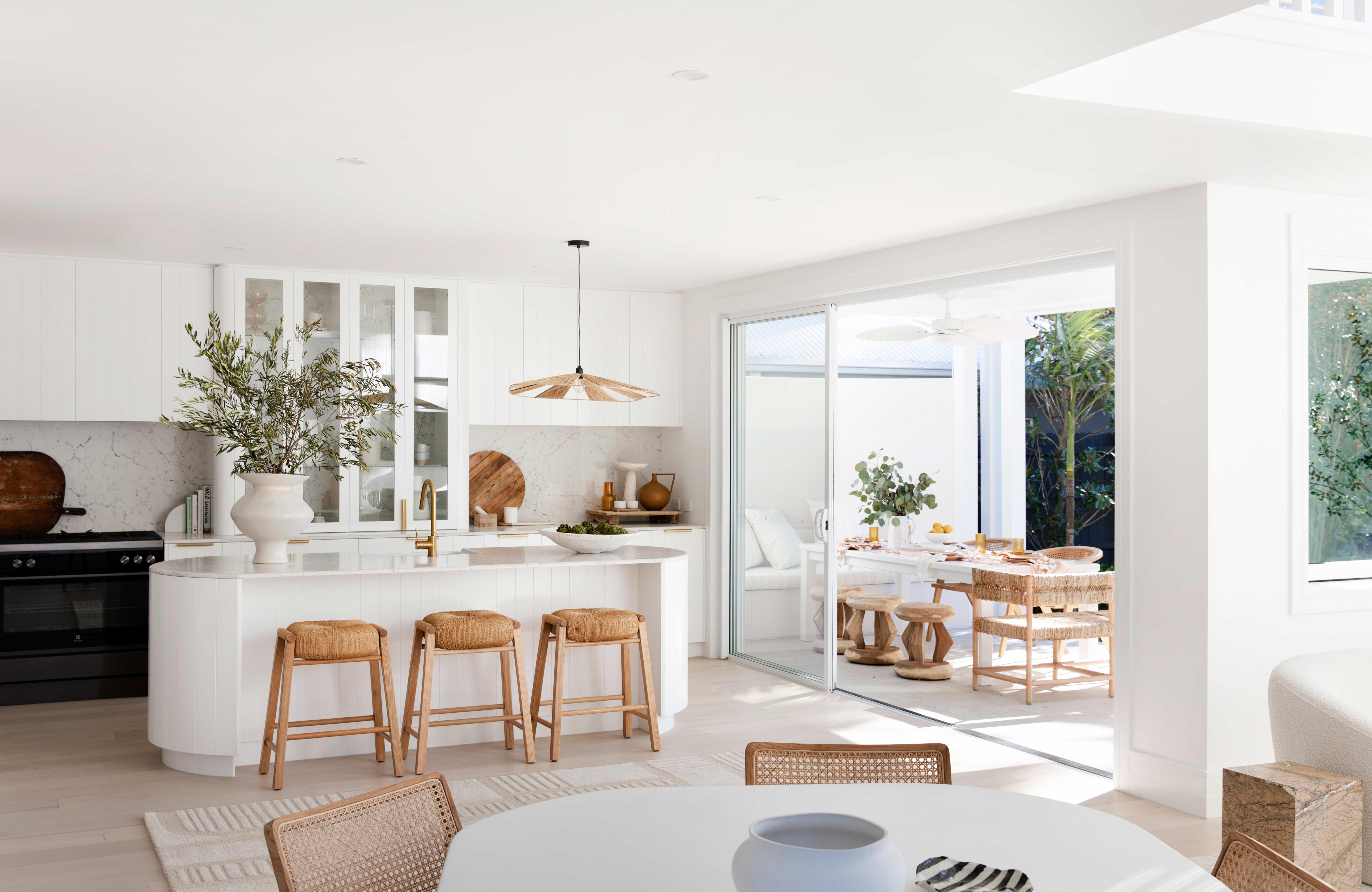Create a unique look with expert luxury interior design.
Change Your Home With Essential Concepts of Interior Design and Looks
The art of changing your home via the vital principles of interior decoration and looks calls for a thoughtful approach that balances color, equilibrium, and spatial recognition. By understanding the impact of shade concept and the importance of texture and patterns, one can develop areas that are not just visually appealing yet also deeply personal. Accomplishing this balance involves more than plain design; it incorporates a strategic setup and a keen understanding of exactly how each component communicates within a space. As we discover these foundational ideas, take into consideration how they may redefine your understanding of home and personal expression.
Understanding Color Theory
Recognizing the principles of shade theory enables developers to produce areas that reverberate mentally with residents while fulfilling useful needs. Each category plays a critical duty in establishing harmony within a room.
The emotional effect of colors is extensive; cozy shades such as reds and oranges evoke power and heat, while amazing tones like blues and greens advertise calmness and tranquility. The use of complementary colors improves visual passion, creating striking contrasts that can boost a space's appeal.
Neutral shades, on the other hand, act as a versatile background, permitting other style elements to beam. It is essential to think about factors such as illumination and the room's function when selecting a shade scheme, as these can alter the understanding of shades throughout the day.
Eventually, a well-considered color pattern can change a room, fostering a feeling of comfort and style that straightens with the residents' choices. Proficiency of color theory is, therefore, a crucial ability for any interior developer intending to develop harmonious and inviting atmospheres.
Attaining Equilibrium in Design
How can designers achieve a sense of equilibrium in their rooms? Attaining equilibrium in layout is fundamental to developing unified insides.
Asymmetrical equilibrium, on the various other hand, relies upon varying aspects that still achieve a cohesive look. This approach permits even more dynamic and informal arrangements, providing passion while keeping balance. By very carefully choosing varying dimensions, shades, and structures, developers can produce an aesthetically compelling space that really feels balanced yet energised.
Radial balance emphasizes a main focal point with components radiating outward. This design is commonly seen in round formats, where furnishings and design create a natural surround that attracts the eye inward.
Inevitably, attaining balance calls for thoughtful consideration of range, proportion, and the partnerships between components. Architecture Firm. By skillfully applying these equilibrium principles, designers can change spaces right into settings that feel both cosmetically pleasing and functionally harmonious, improving the total experience for residents
Relevance of Spatial Awareness

A keen feeling of spatial understanding enables developers to recognize centerpieces within an area, guiding the viewer's attention to essential functions while keeping a total feeling of unity. It likewise helps in the critical positioning of illumination, which can drastically affect the understanding of area and mood. Comprehending spatial relationships makes it possible for the designer to cater to the certain needs of residents, making sure that each location serves its designated purpose without compromising visual appeals.
Ultimately, spatial recognition is critical for making the most of the possibility of any type of indoor room. By meticulously taking into visite site consideration the interplay between dimensions, design, and function, developers can create atmospheres that not only meet sensible demands yet likewise stimulate a sense of comfort and appeal, enhancing the general living experience.
Incorporating Structure and Patterns
Embracing a varied array of structures and patterns can considerably improve the aesthetic and responsive appeal of an interior space. The critical use different materials-- such as timber, metal, material, and rock-- produces depth and rate of interest, making an area really feel much more welcoming and vibrant. Incorporating smooth surface areas with rough structures can develop an equilibrium that draws the eye and engages the senses.
When integrating patterns, take into consideration both scale and repetition. Big patterns can function as centerpieces, while smaller sized, refined styles can enhance various other elements without overwhelming the space. Layering patterns, such as pairing floral cushions with striped throws, adds complexity and a sense of consistency if performed thoughtfully.
It is additionally vital to preserve a cohesive shade scheme, making certain that structures and patterns work with each other rather than compete for focus. By selecting a couple of crucial structures and patterns, you can create a linked aesthetic that reflects your individual style while boosting the general ambiance of the room. Ultimately, the mindful consolidation of these components can transform an ordinary area into a sophisticated atmosphere abundant with character and heat.
Personalizing Your Space
Developing a space that shows your personality is crucial to achieving an absolutely inviting environment. Customization in interior decoration enables you to infuse your one-of-a-kind style and rate of interests right into your home, transforming it from a plain shelter right into a sanctuary that talks with that you are. Begin by selecting a color combination that resonates with your feelings-- bold colors can invigorate, while soft tones supply serenity.
Integrate art work and decor that reflect your enthusiasms, whether it be traveling, nature, or abstract concepts. Showing individual collections, such as publications, pictures, or souvenirs, can evoke treasured memories and produce prime focus within an area. Additionally, think about personalizing useful pieces, like upholstered furniture, to align with your aesthetic choices.

Conclusion
In conclusion, the transformation of a home with the vital principles of interior decoration and looks demands a detailed understanding of color theory, balance, spatial understanding, he said appearance, and customization. Each aspect adds significantly to producing an unified and functional living atmosphere - interior design firms. By thoughtfully integrating these concepts, people can enhance the aesthetic appeal and emotional vibration of their spaces, ultimately cultivating a home that mirrors distinct identifications while providing comfort and functionality